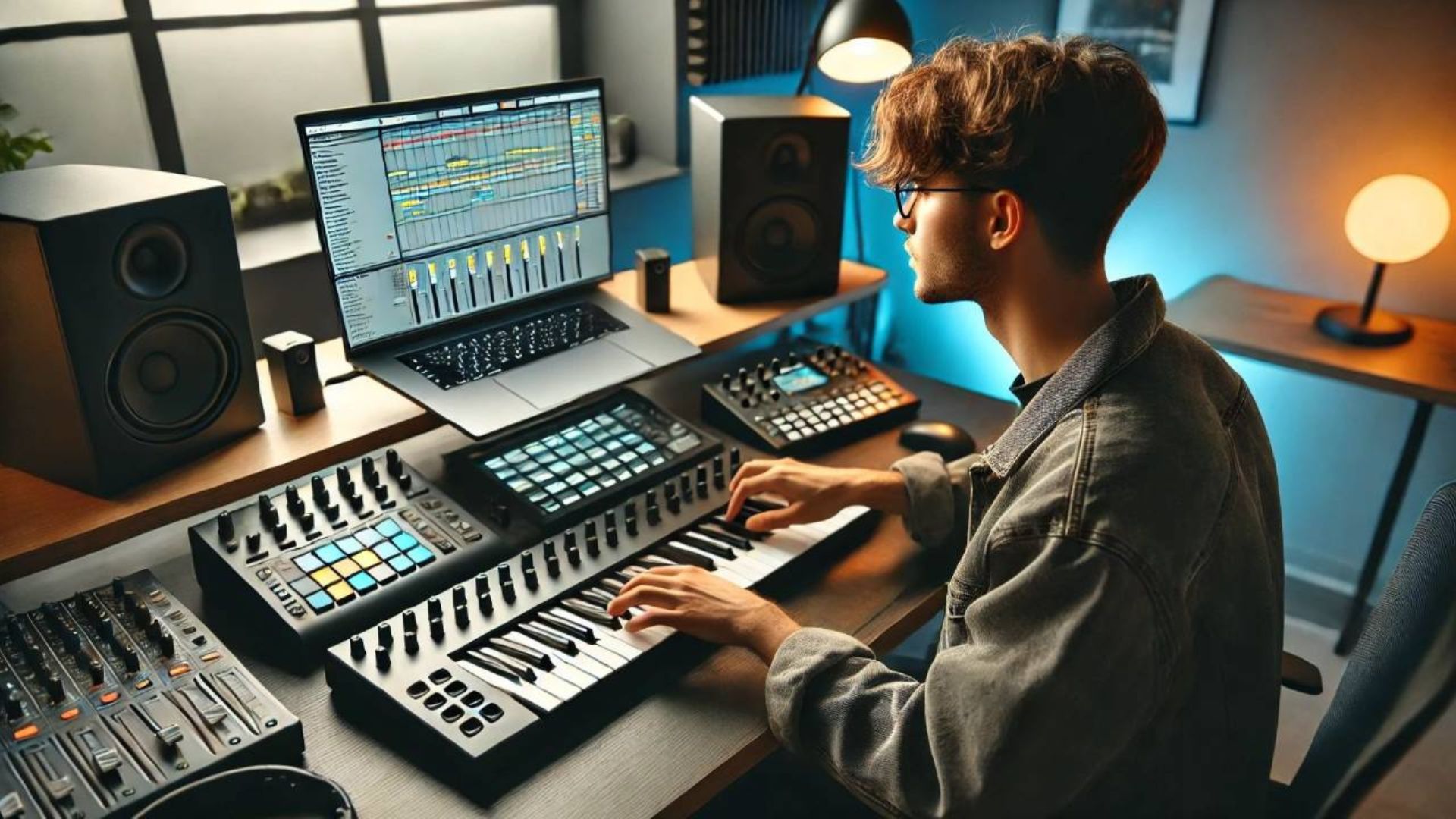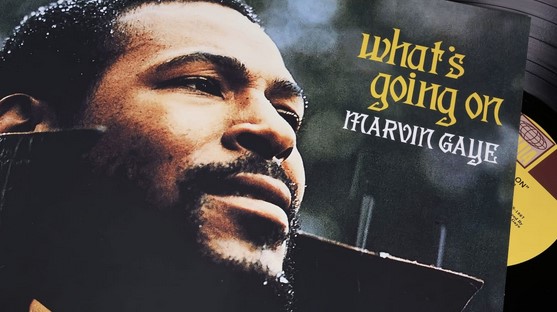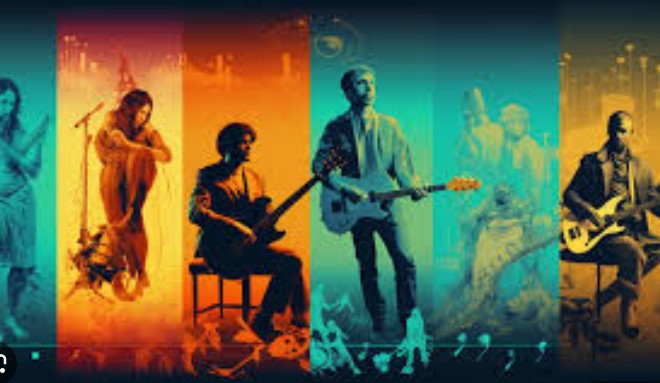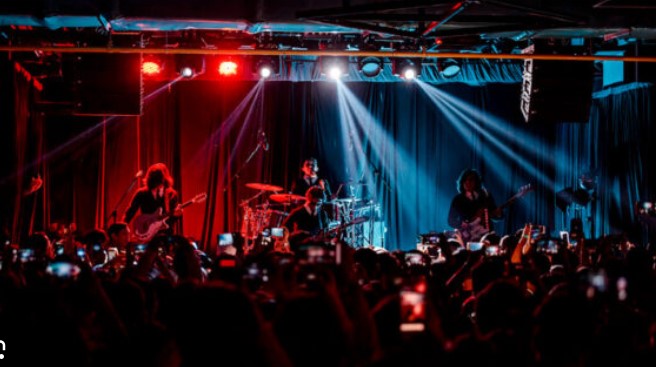Technology has drastically transformed the music industry, from the way artists compose and record music to how listeners consume it. In recent years, the evolution of music production tools has democratized the process, allowing independent musicians and producers to create high-quality tracks from their bedrooms or home studios. In this article, we’ll explore how advancements in technology have shaped modern music production, the tools that have become indispensable to today’s artists, and how this shift has impacted the creative process, industry trends, and the future of music.
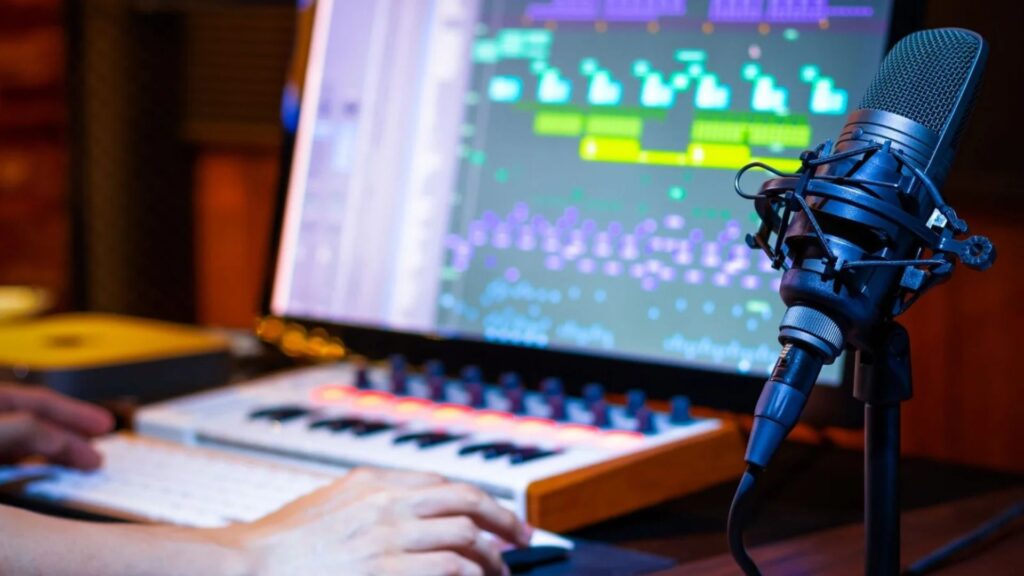
The Rise of Digital Audio Workstations (DAWs)
One of the most significant technological innovations in modern music production is the advent of Digital Audio Workstations (DAWs). DAWs are software platforms that allow musicians to record, edit, mix, and master audio all in one place. These tools have completely transformed the way music is created, offering unprecedented flexibility and control over every aspect of the production process.
The Evolution of DAWs
Before DAWs, music production relied heavily on physical equipment like mixing consoles, reel-to-reel tape recorders, and outboard gear. However, the introduction of DAWs in the late 20th century made it possible to replicate all these functions digitally. Programs like Pro Tools, Ableton Live, Logic Pro, and FL Studio offer powerful features such as multi-track recording, real-time editing, and built-in virtual instruments, making the process more accessible and efficient.
Democratization of Music Production
Today, anyone with a computer and DAW software can produce music. This shift has democratized the music industry, lowering the barrier to entry for aspiring artists and producers. No longer is it necessary to have a professional studio or expensive equipment to create music that sounds polished and radio-ready. With the right tools, an artist can create a professional-grade track in their bedroom.
Virtual Instruments and Software Synthesis
Another major advancement in music production is the development of virtual instruments and software synthesizers. These tools replicate the sounds of traditional instruments, synthesizers, and even custom-created noises, all within a computer.
A Vast Library of Sounds
Virtual instruments like Kontakt by Native Instruments, Omnisphere by Spectrasonics, and Sylenth1 by LennarDigital offer vast libraries of pre-recorded sounds or software-based synthesis that can be manipulated to create endless possibilities. Artists no longer need to rely on physical instruments or a large orchestra to produce orchestral music, electronic beats, or experimental soundscapes. These virtual tools offer flexibility in sound design, providing a wide variety of textures and tones at the click of a button.
Software Synths and Sound Design
Software synthesizers have become integral to modern music genres like EDM, hip-hop, and experimental music. The ability to shape and manipulate sounds through various software tools allows musicians to push the boundaries of their creativity. Producers can create entirely new sounds by combining different synthesis methods, such as subtractive, additive, and FM synthesis, all within their DAWs.
Sampling and Looping
Sampling—using pre-recorded sound snippets or loops—has long been a staple of genres like hip-hop, electronic music, and pop. In the past, producers would need expensive hardware samplers to manipulate audio, but today, software and digital tools have made this process more accessible.
Sampling in the Digital Age
Sampling has evolved into a much more sophisticated and creative process with the help of software like Serato Sample, Maschine, or Ableton’s Simpler feature. These tools allow producers to take short audio clips, loops, or even entire tracks and manipulate them in ways that were previously impossible. Artists can chop, pitch shift, reverse, and stretch samples, incorporating them seamlessly into new tracks.
The Rise of Loop-Based Production
Looping has also become a popular technique in modern music production, particularly within genres like electronic dance music (EDM), trap, and pop. Platforms like Splice and Loopmasters offer large libraries of loops that producers can access to enhance their music. By combining and modifying pre-recorded loops, producers can create intricate, layered compositions in a fraction of the time it would take to record each element individually.
Conclusion
Technology has dramatically altered the landscape of modern music production, making it easier, faster, and more accessible than ever before. From digital audio workstations and virtual instruments to AI-powered tools and mobile apps, technology has empowered musicians and producers to create, distribute, and share their music in new and innovative ways. While these advancements have made music production more accessible and collaborative, they have also expanded the possibilities for creative expression, enabling artists to push boundaries and explore new sounds. As technology continues to evolve, it’s exciting to think about the future of music production and the new opportunities it will bring for artists around the world.






